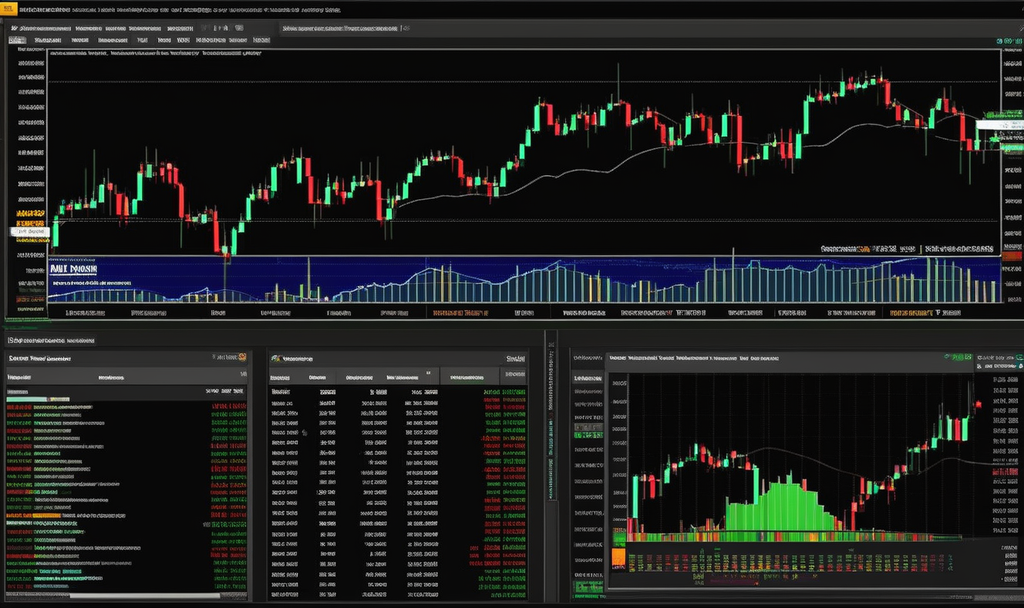In the fast-paced world of financial markets, traders are always on the lookout for effective strategies that can adapt to various timeframes. Scalable technical analysis proves to be a game-changer, offering a flexible approach suitable for different trading intervals. This blog post explores the concept of scalable technical analysis and its application across diverse timeframes.
Understanding Scalable Technical Analysis
Scalable technical analysis involves the use of tools and indicators that can be adjusted to accommodate different timeframes, from short-term intraday trading to long-term investing. The goal is to develop a framework that remains effective across various market conditions and durations.
Key Components of Scalable Technical Analysis
1. Indicator Flexibility
One of the pillars of scalable technical analysis is the adaptability of indicators. Traders often use a combination of moving averages, RSI, MACD, and other indicators that can be customized based on the chosen timeframe. This flexibility ensures that the analysis remains relevant, regardless of whether you are scrutinizing a 5-minute chart or a weekly one.
2. Timeframe-Specific Parameters
Scalability requires the ability to fine-tune indicator parameters according to the selected timeframe. For instance, a short-term trader might adjust the length of a moving average to capture more immediate price movements, while a long-term investor may opt for a more extended period to filter out short-term noise.
Implementing Scalable Technical Analysis in Trading
1. Intraday Trading
For intraday traders, scalability means utilizing indicators with shorter lookback periods. Moving averages with 10 or 20 periods, coupled with intraday support and resistance levels, can help identify short-term trends and potential entry/exit points.
2. Swing Trading
When applying scalable technical analysis to swing trading, traders often extend the timeframe of their indicators. A 50-period moving average or a 14-day RSI can offer insights into medium-term market dynamics, helping traders capture price swings over several days or weeks.
3. Long-Term Investing
Investors with a long-term horizon can benefit from scalable analysis by employing indicators with extended periods. A 200-day moving average, for example, remains a popular choice for identifying the primary trend in the market and making informed decisions on long-term investments.
Challenges and Considerations
While scalable technical analysis offers versatility, it’s essential to acknowledge potential challenges. Over-optimization, where indicators are fine-tuned too much, can lead to curve-fitting and reduced effectiveness. Traders must strike a balance between adaptability and maintaining the integrity of their chosen indicators.
The Role of Automation in Scalable Analysis
As technology continues to evolve, traders can leverage automated tools and algorithms to implement scalable_technical analysis more efficiently. Algorithmic trading systems can dynamically adjust indicator parameters based on market conditions, allowing for seamless scalability across different timeframes.
If you have any question about this article, please contact us …
You can easily create a free cryptocurrency wallet with binance …
Conclusion
In conclusion, scalable_technical analysis is a valuable approach for traders seeking a flexible strategy that adapts to various timeframes. By customizing indicator parameters and utilizing automation, traders can navigate the complexities of different market conditions successfully. Remember, the key to effective scalable analysis lies in finding the right balance between adaptability and maintaining the integrity of your chosen indicators.

